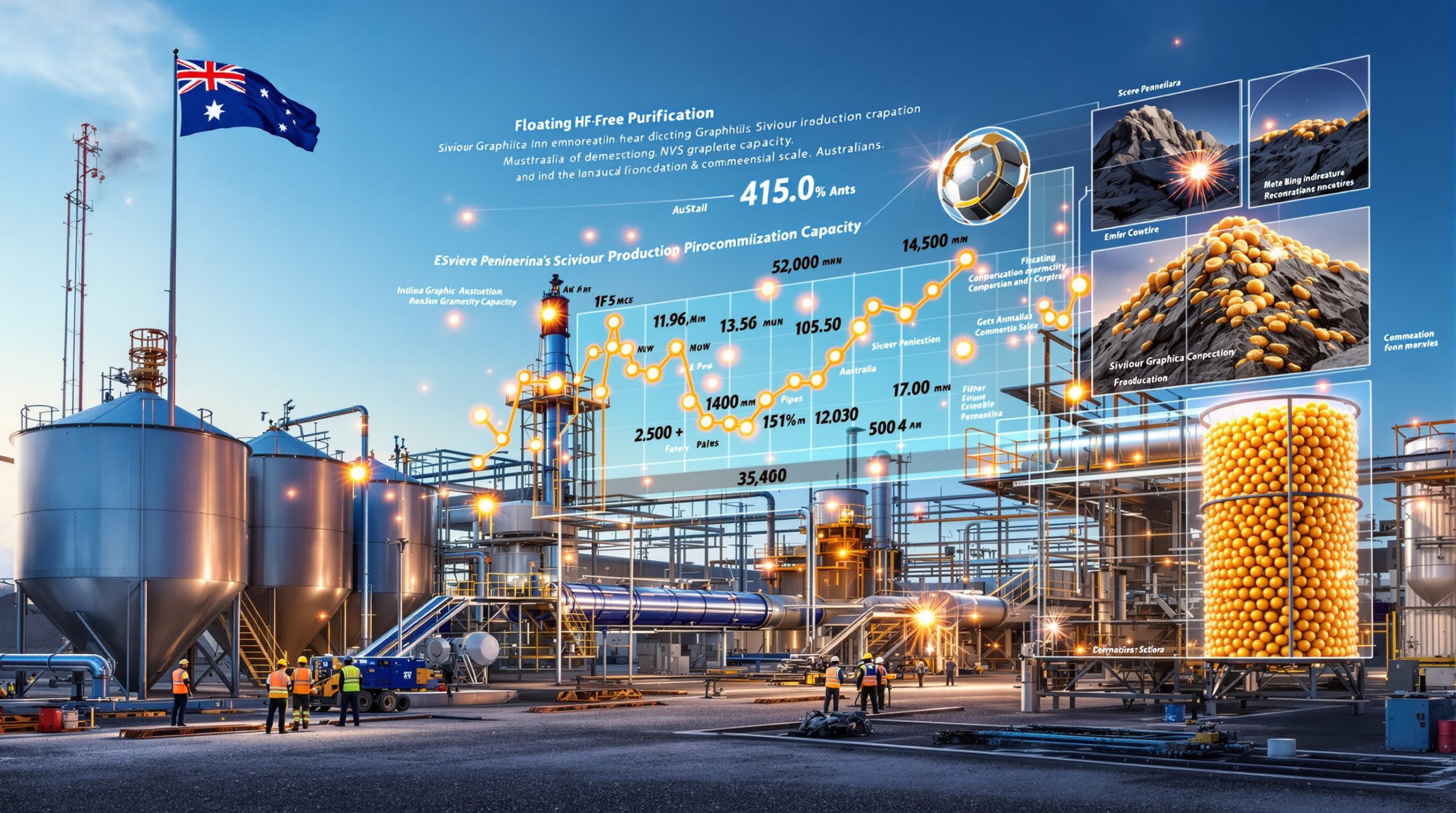Copper Production by Country in 2025: Global Supply Forecast
The global copper industry is undergoing unprecedented change, partly due to the growing focus on copper production by country in 2025. As electrification accelerates, nations are adapting their mining practices and investment strategies. Furthermore, innovations such as rio tinto’s bold shift in copper clean energy investments are reshaping the market.
Global Copper Landscape
Current Production Leaders
Chile continues to dominate with over 5.3 million tonnes produced in 2022. Similarly, the Democratic Republic of Congo (DRC) has made remarkable strides, moving to second place with 2.5 million tonnes. Peru, China, and the United States complete the top five. For example, Chile’s legacy is intertwined with robust infrastructure and long-term investments. In addition, recent insights in the q3 2024 copper production analysis of key global producers further clarify these shifts.
Industrial Importance and Market Dynamics
Copper is the third most-consumed industrial metal globally, with around 75% dedicated to electrical applications. Moreover, its exceptional thermal and electrical conductivity makes it critical in applications from renewable energy to electronics. Furthermore, developments such as the november copper smelting surge reveals global market dynamics underline the changing dynamics of production and processing.
Extraction and Processing Techniques
Mining Methods and Sources
Copper is primarily extracted from igneous and sedimentary rock formations. Most economically viable deposits are sulphide-based, and Chile’s porphyry copper deposits account for about 60% of global supply. In addition, technological improvements have allowed low-grade ores to become viable, though this increases operational challenges.
Processing Techniques
Once extracted, copper undergoes multi-stage processing—crushing, grinding, flotation, and smelting at over 1,200°C. The final step is electrodeposition that produces nearly pure copper. Dr James Chen asserts that modern hydrometallurgical techniques can reduce energy consumption by up to 40% compared to traditional methods. These advances contribute to reduced environmental footprints while meeting industrial demand.
Regional Insights: Chile, Peru, China, and DRC
Chile: The Copper Powerhouse
Chile produces in excess of 5.5 million tonnes annually. Its success is underpinned by decades of infrastructure development, favourable mining legislation, and abundant high-grade deposits. The state-owned company Codelco, despite a reduced market share from 84% in 1990 to about 30%, remains pivotal. In addition, experts highlight that declining water availability and community concerns may challenge future expansion.
Peru: An Emerging Giant
Peru has rapidly increased output, exceeding 2.5 million tonnes recently, reflecting a 77% production growth from 2015 to 2019. Lower production costs and vast untapped reserves are key factors behind this surge. Chinese investments, for instance in the $7.4 billion Las Bambas mine, are propelling its growth. However, social conflicts and political instability continue to pose risks for investors.
China: Production and Consumption Leader
China produced around 1.9 million tonnes while also remaining the world’s largest consumer. Its domestic output faces challenges such as low-grade ores (below 0.8% copper content) and environmental constraints. Furthermore, China’s strategic approach includes both domestic innovation and significant overseas investments. For instance, country production stats offer detailed figures reflecting this dual strategy.
Democratic Republic of Congo: Africa’s Rising Star
Africa’s leading copper nation, the DRC, has surged to produce 2.5 million tonnes recently. This dramatic increase is driven by high-grade deposits—with average copper content between **2.5% and 4%**—and robust Chinese investment. Projects such as partnerships with China Nonferrous Metal Mining Company have expanded capacity significantly. However, political instability and infrastructure gaps remain critical concerns.
Emerging Copper Producers
Recent trends indicate that emerging producers are reshaping the global landscape. Indonesia, for example, produced 940,800 tonnes in 2022 partly due to the massive Grasberg mine. Additionally, countries like Mexico, Australia, and Zambia are seeing steady output increases. Furthermore, Panama’s controversial project, the cobre panama dispute: implications for global copper supply, which cost $6.7 billion, highlights the tension between investment risk and reward.
Key trends for emerging producers include:
- Expanded capacity through modernisation of legacy facilities
- Adoption of new extraction technologies
- Increased foreign investments and strategic partnerships
In addition, external factors such as environmental regulation and community engagement are redefining what constitutes sustainable development.
Future Outlook and Challenges
Looking ahead, experts predict shifts in global trends influenced by political, environmental, and economic factors. Production developments forecast further changes in copper production by country in 2025. For instance:
- The DRC may exceed 3 million tonnes as new mines come online.
- Peru is projected to challenge Chile’s longstanding dominance.
- China's domestic capacity may stabilise while it strengthens its global supply chains.
Investment trends are also evolving. Notably:
- Chinese investment in copper projects across Africa and Latin America stands at over $16 billion.
- New technologies such as autonomous haulage and artificial intelligence are improving extraction efficiency by 15-20%.
- Sustainability remains a priority, driving the adoption of water-saving measures like desalination at coastal mines.
Moreover, exploration of deep-sea resources and recycling advancements are factors that may extend the lifespan of current reserves.
Investment and Development Trends
Investment in copper mining is increasingly influenced by strategic mergers and technological innovation. Recent mergers and acquisitions have had significant impacts on competitive dynamics. For example, insights on the strategic impacts of copper mergers & acquisitions (2013–2024) reveal both opportunities and challenges for stakeholders.
Furthermore, regulatory pressures, environmental constraints, and cost-of-production issues continue to drive industry consolidation. External analysis on investment challenges describes the need for over $2.1 trillion investment in copper projects over the next 25 years to meet global demand. In addition, companies are adopting robust ESG standards to improve operational transparency and sustainability performance.
Technological Advances and Sustainability
New mining technologies are revolutionising the extraction and processing stages. Automated systems, artificial intelligence in exploration, and advanced solvent extraction techniques are enhancing operational efficiency. Dr Chen emphasises that these innovations are critical to reducing energy intensity while meeting market demand. Sustainability initiatives, such as zero-waste practices and lower carbon emission footprints, are also gaining prominence.
Sustainability challenges are prompting companies to reassess water usage and tailings management. Coastal mines now routinely incorporate desalination plants, which add approximately $0.10-0.15 per pound to production costs. Such adaptations ensure compliance with both local environmental standards and global sustainability benchmarks.
Conclusion and Outlook
In summary, the evolving global copper industry reflects a confluence of technological innovation, investment strategies, and environmental considerations. The ongoing shifts in copper production by country in 2025 exemplify how geopolitical and economic factors determine market dynamics. Production leaders and emerging nations alike must contend with operational, social, and regulatory challenges.
Looking forward, investors, manufacturers, and policymakers will need to maintain agility and foresight. The global industry will rely on strategic investments, improved extraction efficiency, and sustainable development to ensure resilient supply chains. As this transformation continues, the concept of copper production by country in 2025 will remain a defining metric of the global industrial landscape.
Ultimately, adapting to these dynamics will dictate future success and market competitiveness.
Looking to Invest in the Next Copper Market Leader?
Discovery Alert's proprietary Discovery IQ model delivers instant notifications on significant ASX mineral discoveries, turning complex data into actionable investments. Explore historic returns of major discoveries and position yourself ahead of the market by visiting our dedicated discoveries page and beginning your 30-day free trial today.




